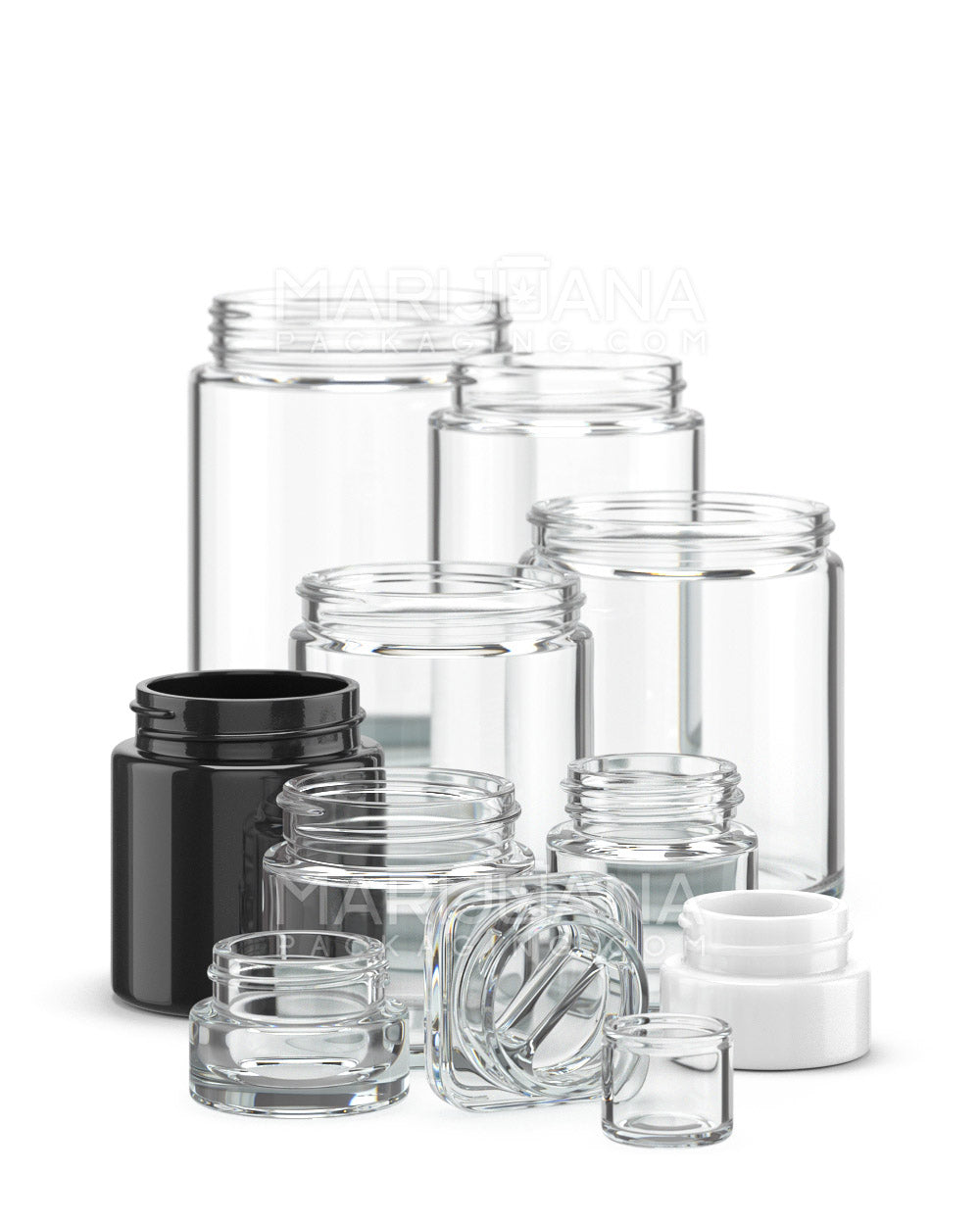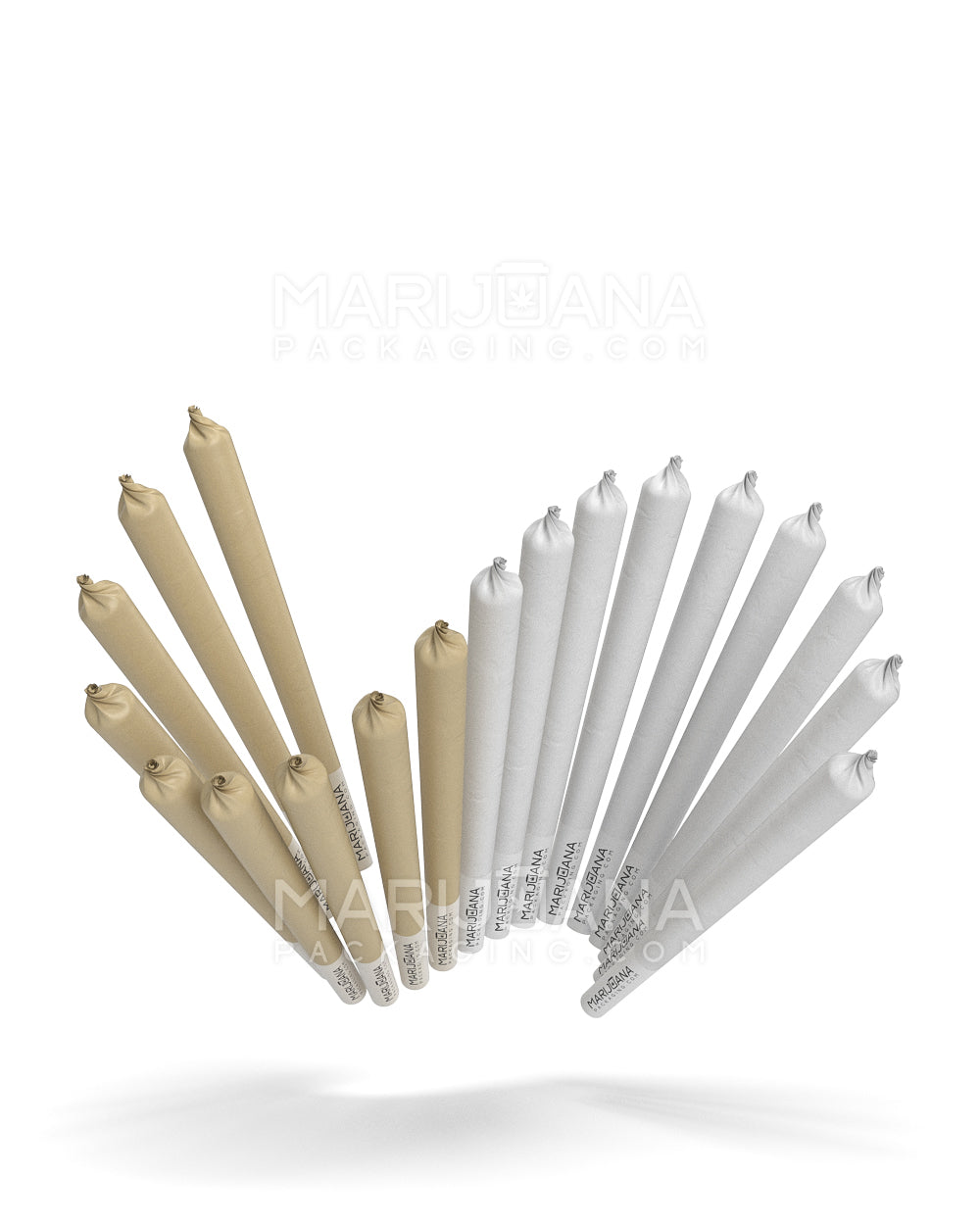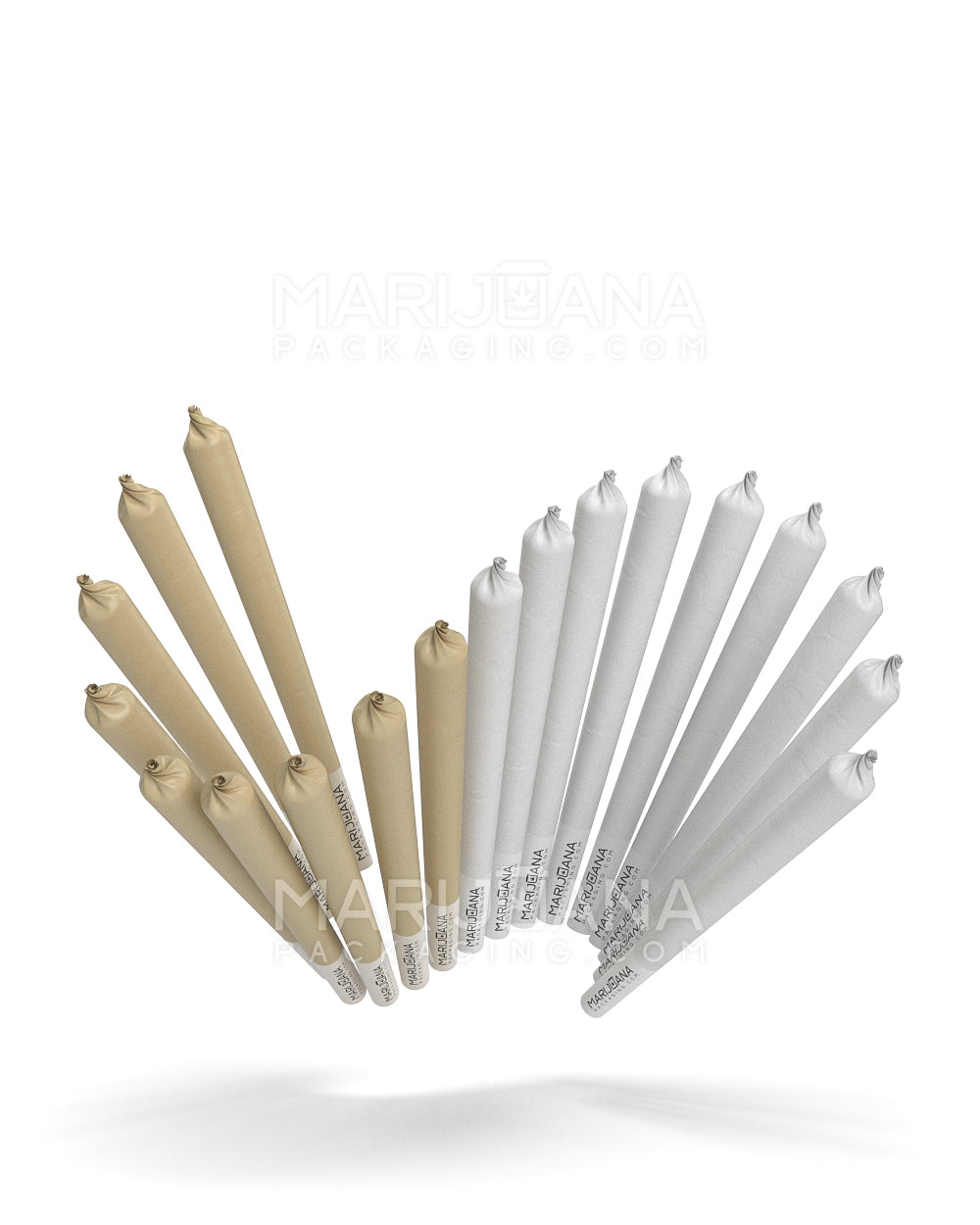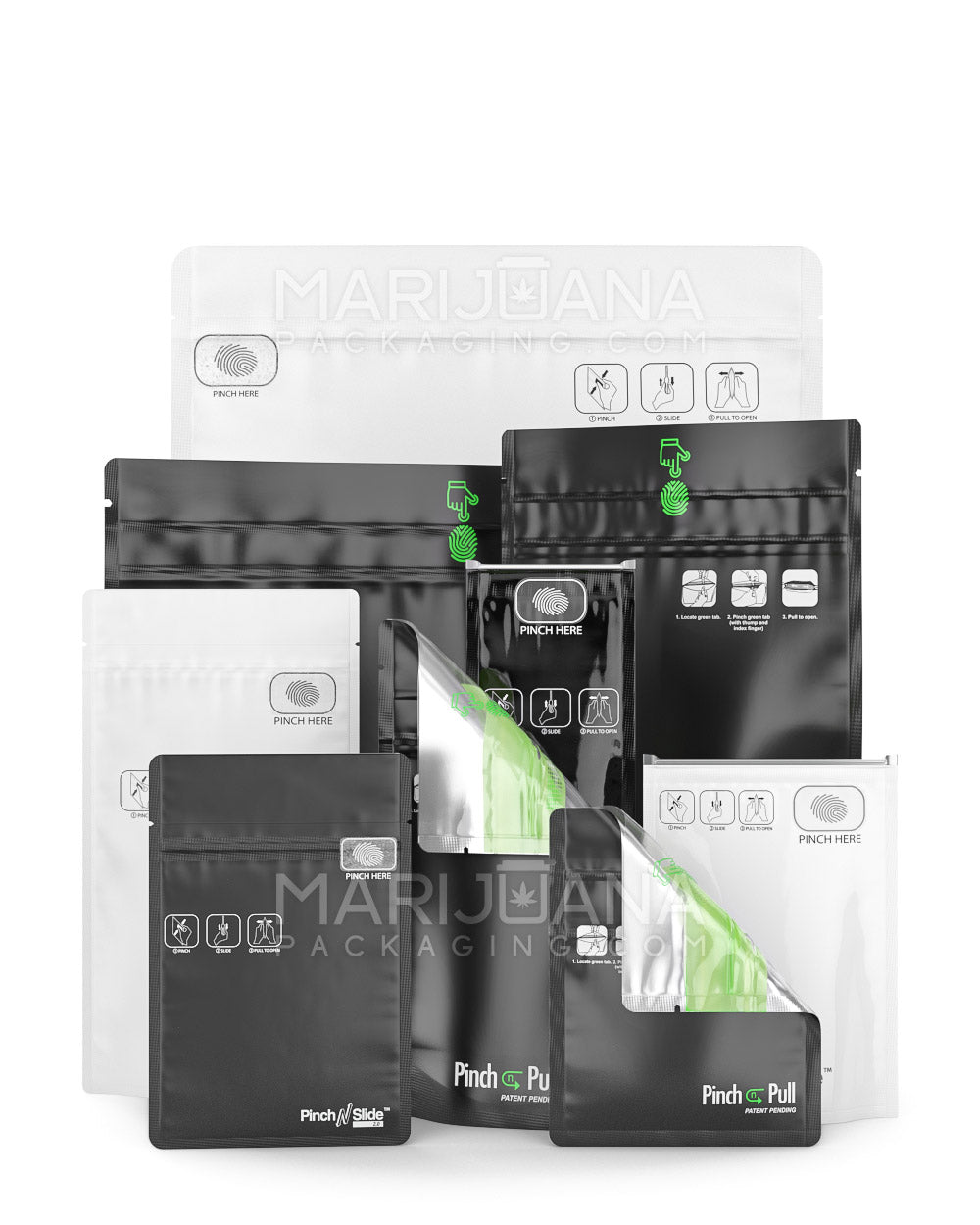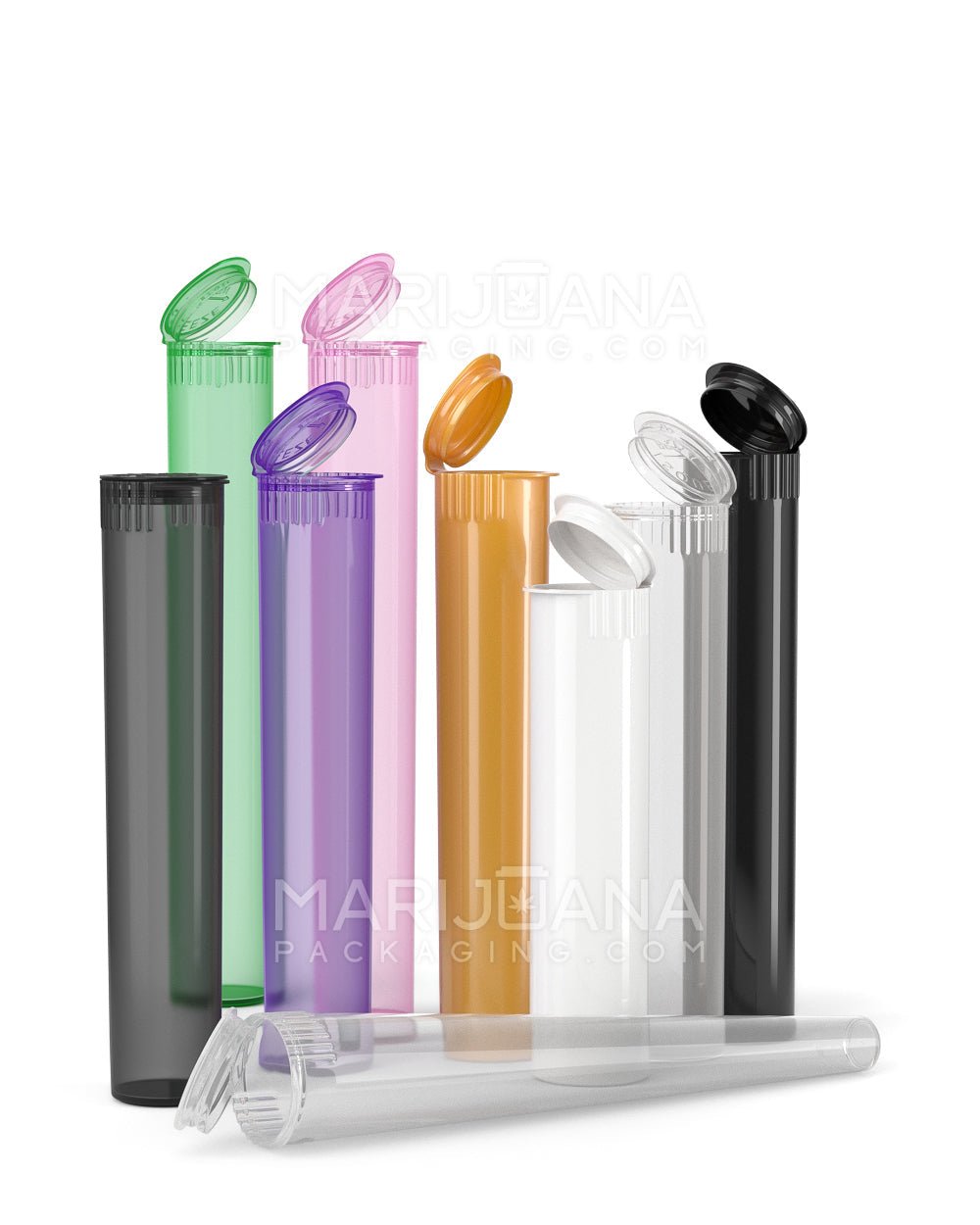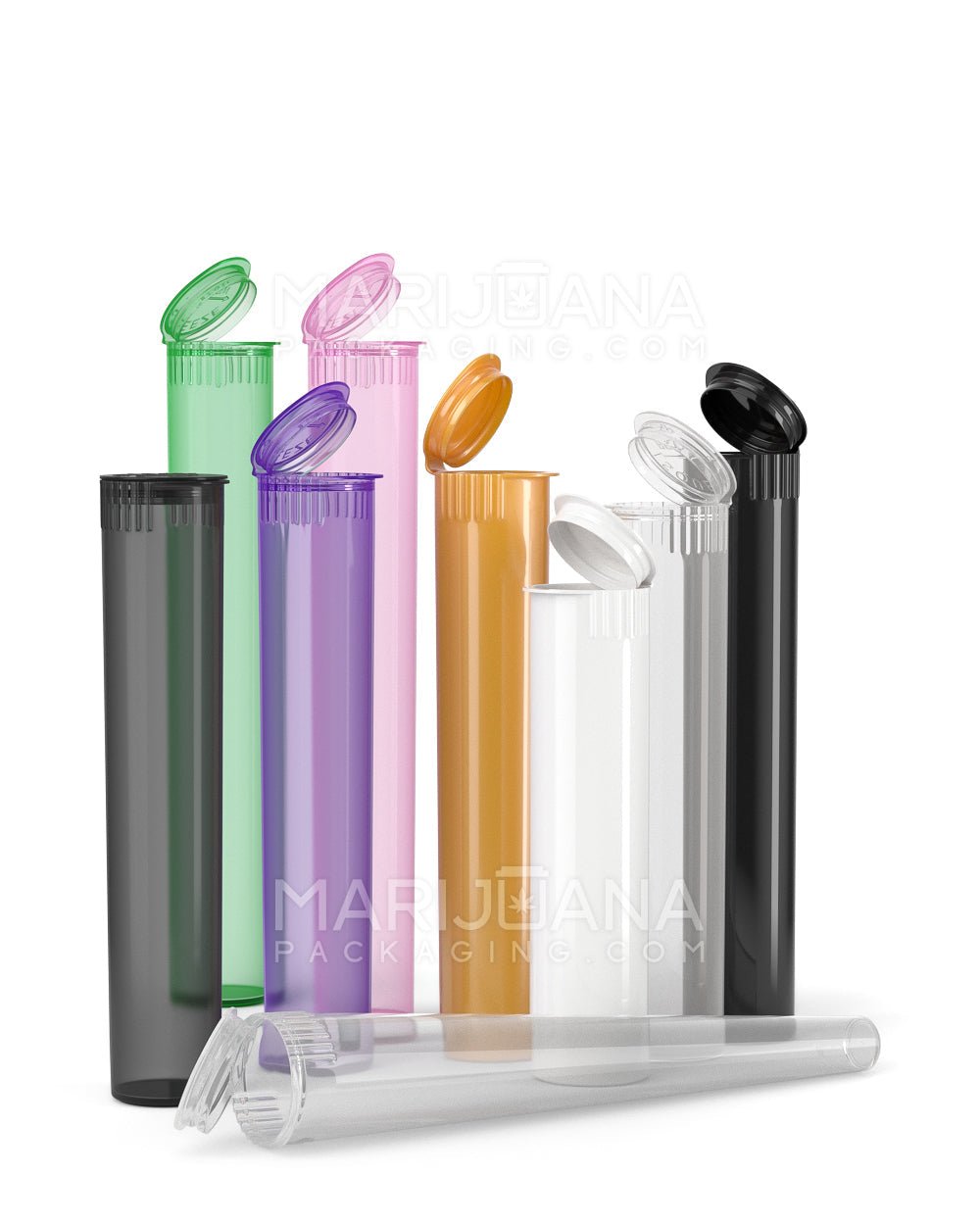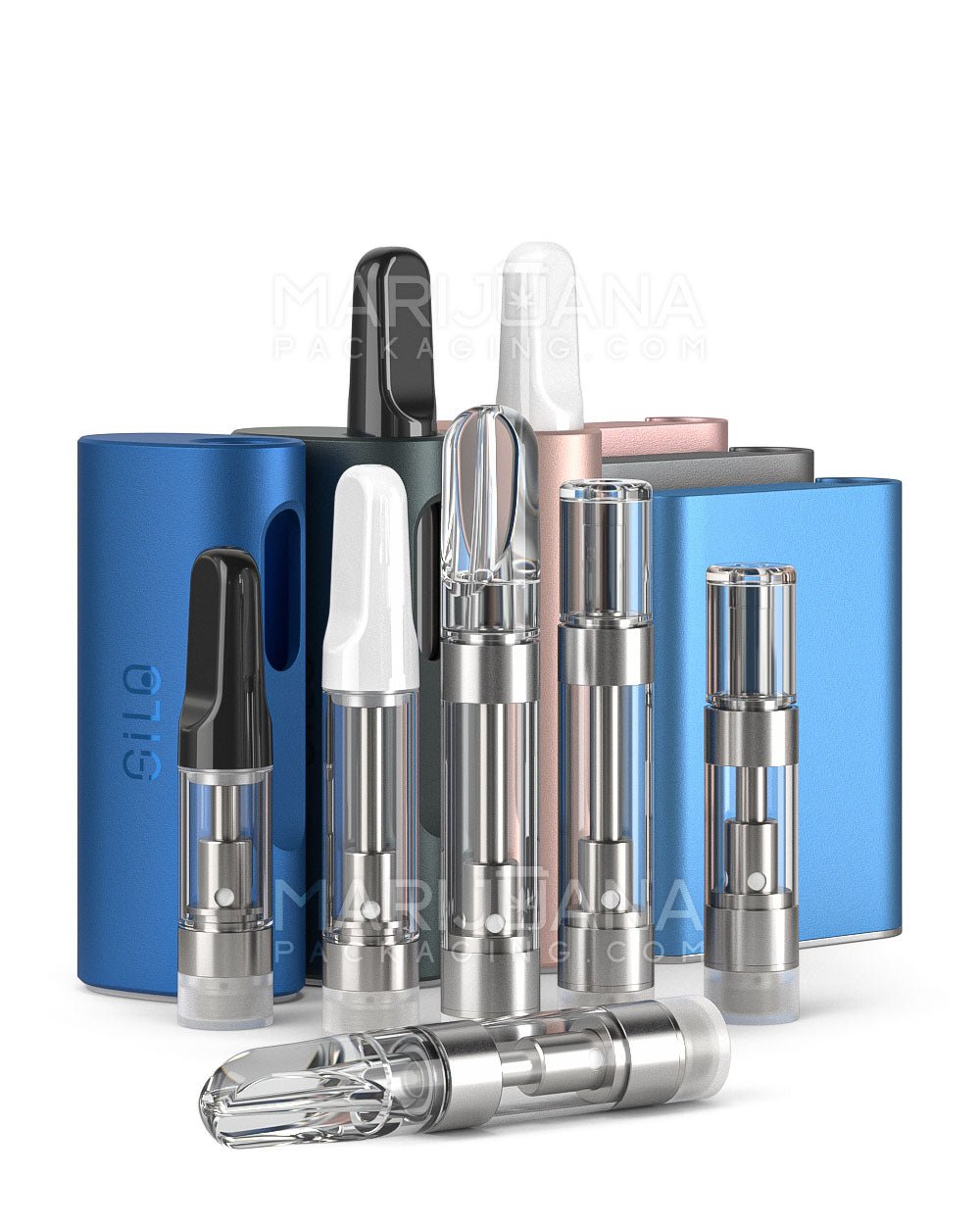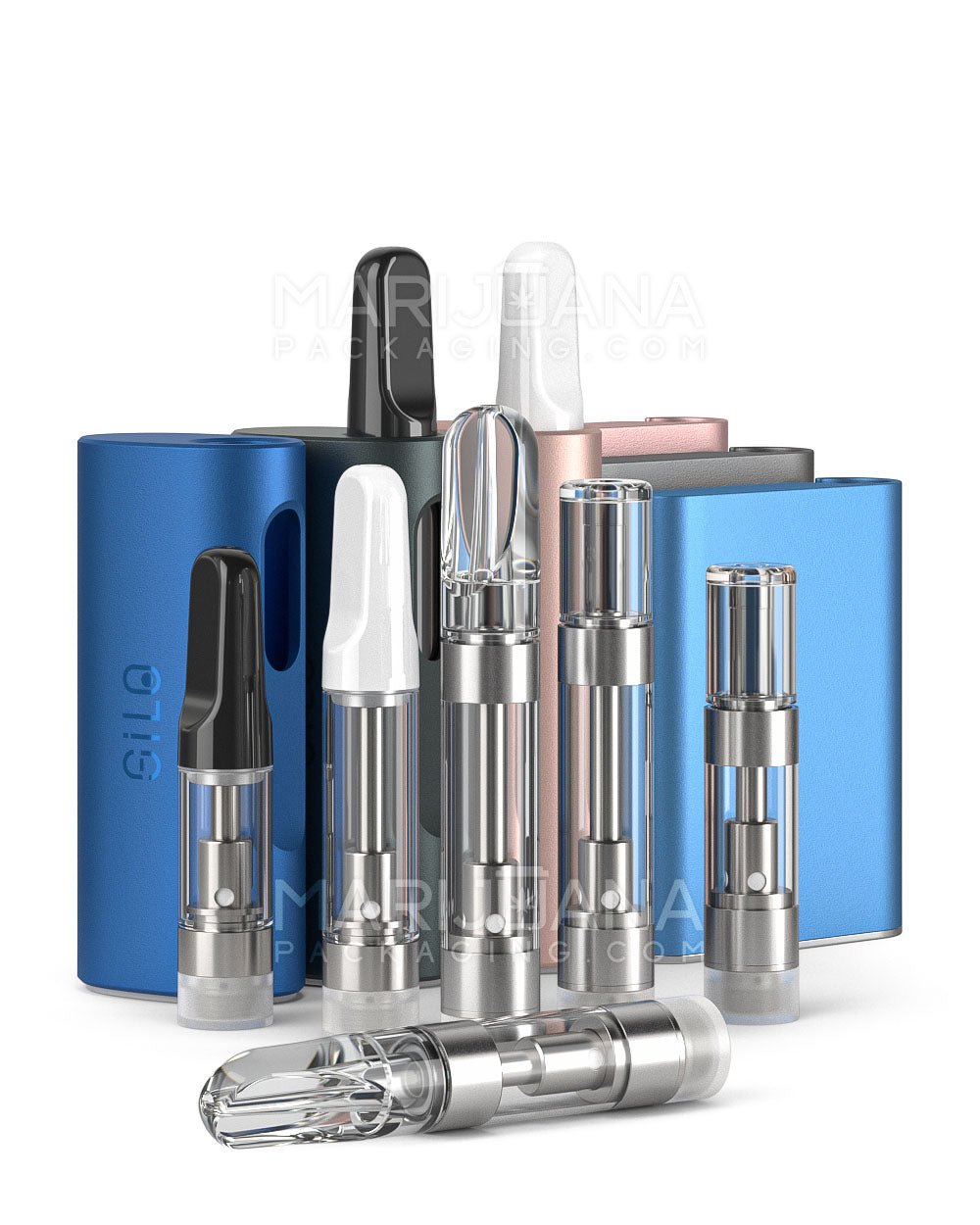When it comes to nurturing marijuana seedlings, understanding the right amount of light they require is crucial. Too much light can overwhelm these tender plants, while too little can stunt their growth. Getting this balance right is a key step in ensuring that your plants grow into healthy, robust adults capable of producing high-quality buds.
In this guide, we'll walk you through everything you need to know about lighting for marijuana seedlings. From the types of lights to use, to how to set them up, and even some troubleshooting tips, we've got you covered. So, let's dive into the world of getting your seedlings the perfect start.
Why Light is Important for Seedlings
Just like us, plants need energy to grow, and the primary source of that energy is light. For marijuana seedlings, light is the key to photosynthesis, the process that lets plants convert light, carbon dioxide, and water into food. Without enough light, your seedlings will struggle to create the energy they need to grow.
Seedlings, in particular, are in a critical stage of development. They're small and fragile, and their light requirements are different from more mature plants. At this stage, you’re essentially setting the foundation for future growth, so providing the right amount of light is essential. Too much light can burn the leaves, while too little can lead to weak, leggy plants.
How Much Light Do Marijuana Seedlings Need?
The amount of light your seedlings need can vary, but a standard guideline is to aim for about 16-18 hours of light per day. This simulates the long days of summer and encourages rapid growth. However, it’s not just about the duration; the intensity and type of light are equally important.
Here’s a quick breakdown:
- Light Duration: Aim for 16-18 hours of light daily, followed by 6-8 hours of darkness.
- Light Intensity: Seedlings don’t need incredibly strong light. If you’re using fluorescent lights, they should be placed about 4-6 inches above the seedlings. LEDs and other types of lights might need different setups.
- Light Type: Fluorescent lights (like T5s), compact fluorescents (CFLs), and LEDs are popular choices. Each has its pros and cons, which we'll explore further.
Types of Lights for Seedlings
When choosing lights for your seedlings, you have a few options. Each type of light has its own advantages and disadvantages. Let’s go over them:
Fluorescent Lights
Fluorescent lights, such as T5s, are a favorite for many growers. They are energy-efficient and emit a cool, even light that’s ideal for seedlings. They don't produce a lot of heat, reducing the risk of burning your plants. The downside is that they might not be suitable for the later stages of growth, as they don’t provide the intense light needed for flowering.
Compact Fluorescent Lights (CFLs)
CFLs are another budget-friendly option. They are easy to find and can fit into standard light fixtures. Like T5s, they are cooler than other types of lights, making them safe for seedlings. However, you’ll need to keep them close to the plants to be effective, and they might not be the best choice for larger setups.
LED Lights
LED lights have become increasingly popular due to their efficiency and versatility. Many LED setups allow you to adjust the spectrum of light, making them suitable for all stages of growth. They tend to be more expensive upfront but can save money in the long run due to their low energy consumption and longevity.
Regardless of the light you choose, make sure it covers the blue spectrum, as this is vital for vegetative growth, which is the stage your seedlings are in.
Setting Up Your Grow Space
Once you've chosen your lights, it’s time to set up your grow space. This might sound daunting, but with a little planning, it can be straightforward. Here are some steps to get you started:
- Choose a Location: Find a space where you can control the environment. It should be free from drafts and extreme temperatures.
- Install Your Lights: Position your lights about 4-6 inches above the seedlings. If the lights are adjustable, you can raise them as the plants grow.
- Reflective Surfaces: Use reflective materials like Mylar or white paint to maximize the light reaching your plants.
- Ventilation: Ensure there’s good airflow to prevent mold and pests. A small fan can help with this.
Monitoring and Adjusting Light
Once your grow space is set up, it's important to monitor how your seedlings are reacting to the light. Here are some signs to look out for:
- Stretching: If seedlings are growing tall and thin, they might not be getting enough light. Try lowering the lights or increasing the intensity.
- Burning: Brown, crispy leaf edges can indicate too much light or heat. Raise the lights or reduce the exposure time.
- Color: Healthy seedlings are a vibrant green. Yellowing can suggest a light or nutrient issue.
Remember, plants communicate through their growth and appearance. Regularly checking on them will help you catch and correct any issues early.
Common Mistakes and How to Avoid Them
Lighting can be tricky, especially for beginners. Here are some common pitfalls and how to steer clear of them:
- Using the Wrong Light Spectrum: Ensure your lights provide a blue spectrum for vegetative growth.
- Incorrect Light Distance: Keep lights at the recommended height to avoid burning or under-lighting.
- Neglecting Dark Periods: Seedlings need some darkness to process energy and grow properly.
By being mindful of these potential issues, you can set your seedlings up for thriving growth.
Optimizing Light for Different Strains
Not all marijuana strains are the same, and their light needs can vary. Indica strains often grow shorter and bushier, while Sativas tend to be taller. This can influence how you set up your lights. Indicas might need the lights closer, while Sativas can benefit from a bit more distance.
Researching your specific strain can provide valuable insights into the best lighting setup. Some strains might be more sensitive to light intensity or duration, so it's always helpful to know your plants’ preferences.
Balancing Light with Other Growth Factors
While light is important, it's just one piece of the puzzle. Watering, nutrients, and temperature also play significant roles in seedling development. Here’s how to balance these factors:
- Watering: Seedlings need consistent moisture but avoid overwatering. Let the top inch of soil dry out between waterings.
- Nutrients: Seedlings are delicate, so start with a weak nutrient solution. Gradually increase as they grow.
- Temperature: Keep the grow area between 70-80°F (21-27°C) for optimal growth.
By balancing these aspects with the right lighting, you’ll be well on your way to growing strong, healthy plants.
Using Technology to Assist Light Management
In today's tech-savvy world, there are many gadgets and apps that can help manage your grow lights. Timers and smart plugs can automate light schedules, ensuring your seedlings get consistent light each day. Light meters can measure the intensity of your lights, helping you make precise adjustments.
These tools can take some of the guesswork out of growing and allow you to focus on other aspects of plant care. Plus, they can be a fun way to engage with your growing process.
Final Thoughts
Getting the right amount of light for your marijuana seedlings is a fundamental step in the growing process. By understanding their needs and setting up the ideal environment, you're setting the stage for a bountiful harvest. Whether you choose fluorescent lights, CFLs, or LEDs, remember that the goal is to mimic nature as closely as possible, providing the young plants with the nurturing they require.
When it comes to packaging your final product, Gamut offers a range of solutions to meet your needs. With over a decade of expertise in packaging for consumer goods, Gamut provides everything from jars and bags to tubes and bottles. Their full-scale packaging services are designed to make your brand unforgettable. So, whether you're looking for stock options or custom designs, Gamut runs the gamut to help you stand out in any market.











